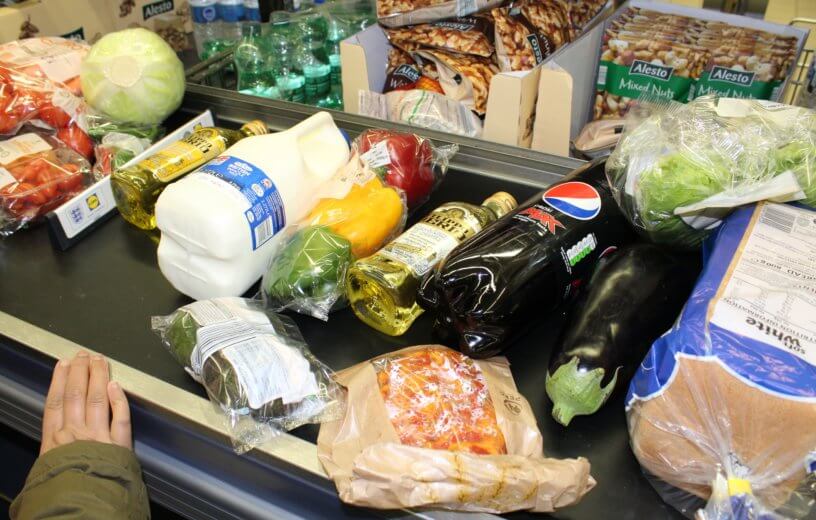NEW YORK — The average American spends $67 on processed foods every week, according to a recent survey. The poll asked 2,000 respondents about their experiences with buying both “natural” and “processed” items at the grocery store and found that the average weekly grocery bill costs people $98.50. Of this, the average person believes that only 32 percent of their diet contains all-natural ingredients.
Conducted by OnePoll in partnership with NatureSweet, the survey also looked at what exactly Americans think “natural” and “processed” means. When seeing the term “natural” on food, about half of those polled said they assume the product is made of whole ingredients (51%) and that there won’t be any preservatives present (49%).
One in four (26%) also assume that “natural” food products are ultimately better for the environment. Similarly, 65 percent believe that food products that claim to be “sustainable” were grown or produced in a way that benefits the environment.
Conversely, respondents said that when they don’t see the word “natural” on food packaging, they tend to think that the product must have chemicals in it (52%) or is likely to be processed (43%).

Forty-two percent said that they assume food that isn’t labeled “natural” is unhealthy or full of preservatives. With all this in mind, it’s not surprising that 61 percent of respondents have actively sought out foods with fewer preservatives or processed ingredients within the last year.
They’ve also been reading the ingredient labels on food products more closely (60%), buying more “natural” foods (42%), and prioritizing locally made or grown foods (24%).
“Opting for healthy snacks is easier now than ever before,” says chief scientific officer at NatureSweet, Dr. Martin Ruebelt, in a statement. “Today’s markets offer fresh, ready-to-eat fruits and vegetables, neatly packaged for on-the-go convenience. These are delicious and nutritious alternatives to processed foods we often grab in a rush.”
Although the majority of Americans claim to care about how natural their food is (69%), where their food was grown (80%), and whether or not the people growing it were fairly paid (79%), the data also shows that other factors have a much greater impact.
More than half (55%) said that what matters most to them when buying food is the taste, almost twice as the number who cited where it’s grown (22%). Another 66 percent of respondents said they don’t care where their food comes from as long as they can afford it.
When asked to choose between convenient processed food and harder-to-source natural food, one in four (25%) chose the former — but one in three (34%) said they’d choose the latter.
“Understanding the origin of your food is important to making informed purchasing and eating decisions,” emphasizes Dr. Ruebelt. “Reading the labels and learning about the company and its practices will reveal if their values align with yours. The tag ‘local’ alone doesn’t ensure food safety, employee welfare, or sustainable practices. It’s critical to delve deeper.”
Survey methodology:
This random double-opt-in survey of 2,000 general population Americans was commissioned by NatureSweet between July 13 and July 15, 2023. It was conducted by market research company OnePoll, whose team members are members of the Market Research Society and have corporate membership to the American Association for Public Opinion Research (AAPOR) and the European Society for Opinion and Marketing Research (ESOMAR).

